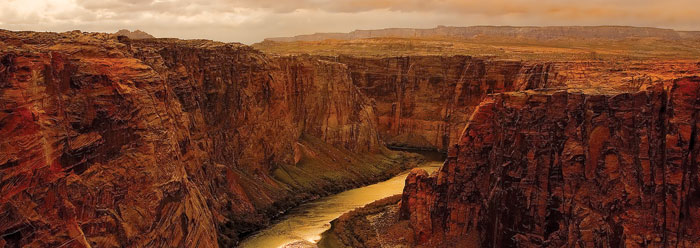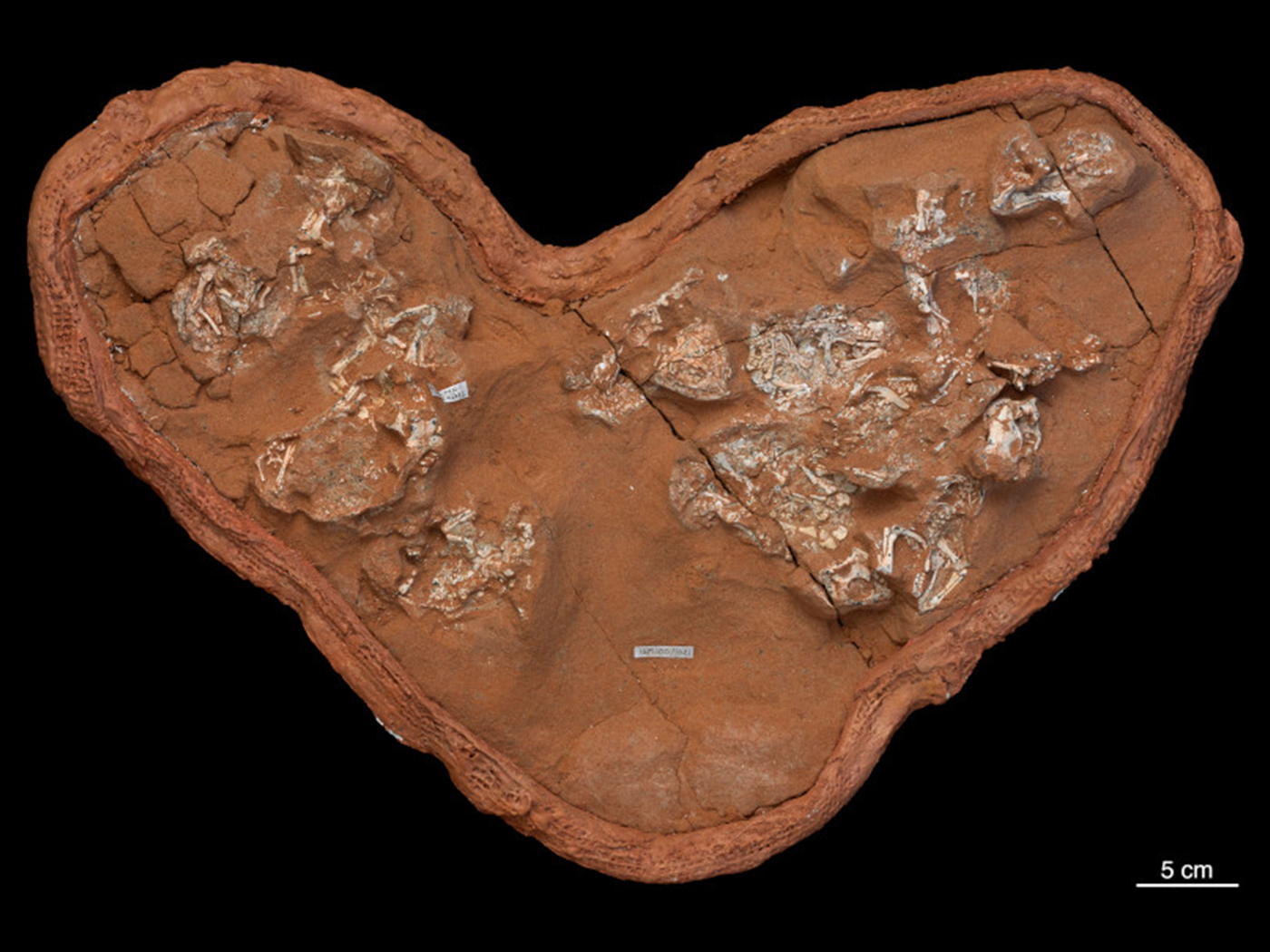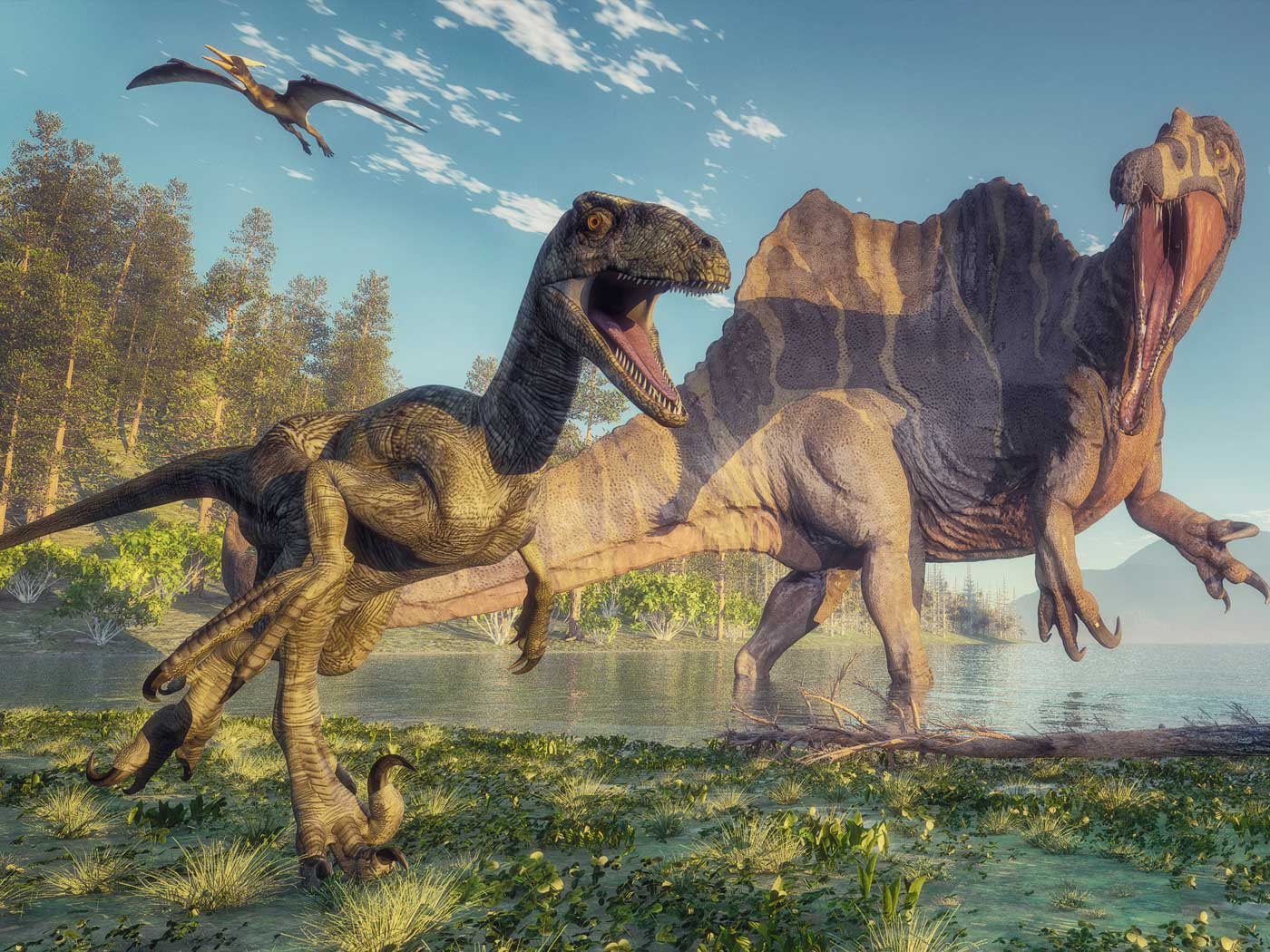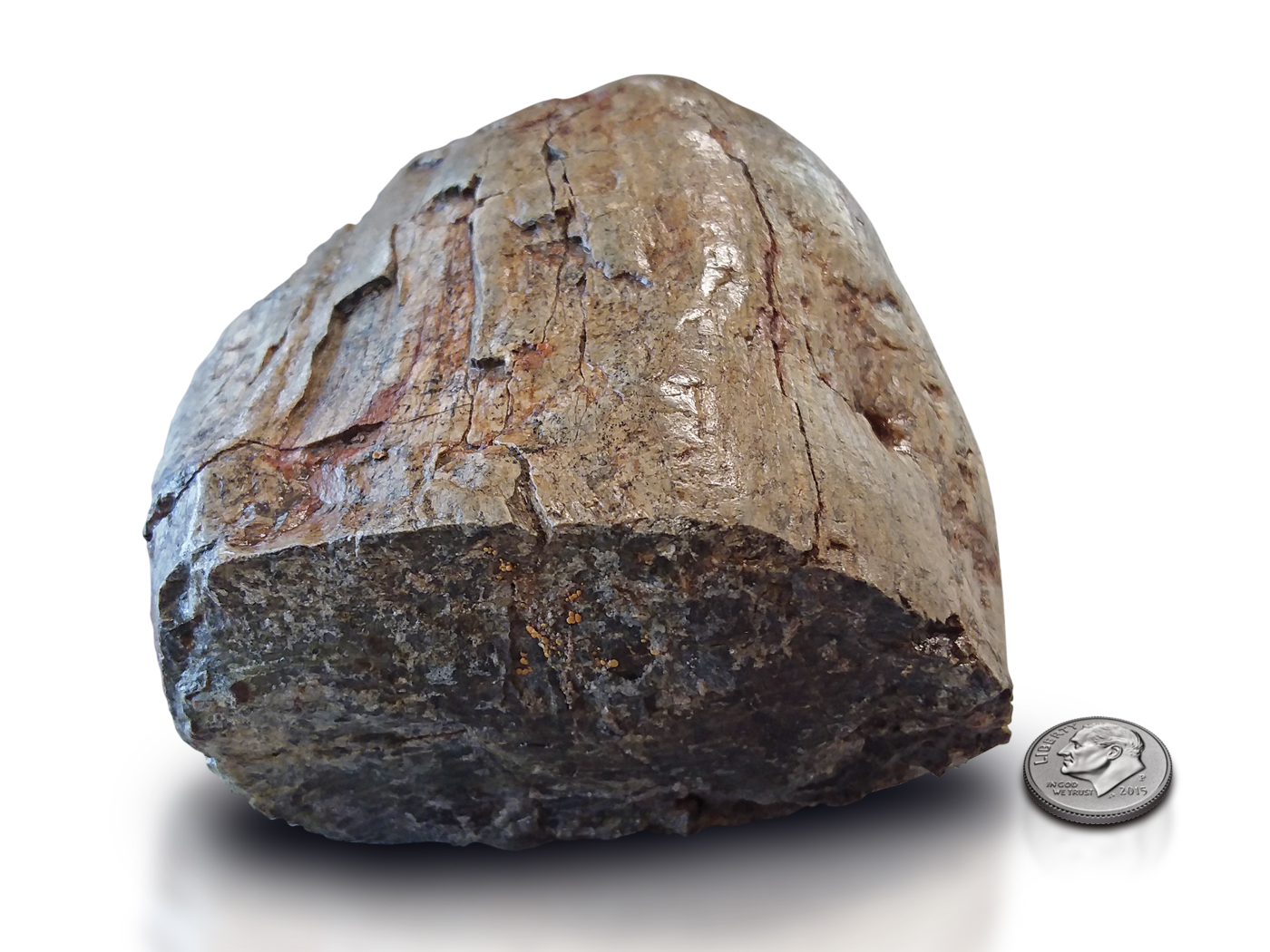The Christian Research Institute (CRI) states on its website that “we cannot easily dismiss the fact that an overwhelming majority of authorities in the fields of geology [rocks], paleontology [fossils], biology, etc., are convinced that there is abundant evidence to substantiate a very old earth.”1
In 1974, respected Christian apologist William Craig wrote that “the beautifully layered sediments evidence a slow process of formation,” and “the conclusion seems clear that all the geologic strata could not be the result of a single flood, no matter how immense!”2 As demonstrated in a recent interview, Craig still rejects the idea that fossils and rocks resulted from Noah’s Flood.3
Is this accurate? Do the rocks and fossils testify to millions of years, so that the thousands-of-years history of the Bible must be rejected?4
The answer is no, and here is why. First, each sedimentary rock layer containing fossils had to have formed rapidly because that’s the only way the fossils would have been preserved. Second, upper layers formed soon after the lower ones were deposited, since there is no sign of erosion in the razor-sharp contacts between them. Therefore, whole sections of the rock column were deposited in rapid succession, as would be expected in a widespread watery cataclysm. Genesis describes the year-long process of Flood waters increasing, prevailing, and then assuaging, eventually snuffing out all land vertebrates not protected on the Ark.
It appears that instead of giving the biblical record of the Flood a fair hearing, many Christian apologists simply cite old-earth Christian geologists. But if those geologists have chosen to ignore what the Bible plainly states about the Flood, then the blind are leading the blind.
The fossil record is replete with evidence of soft parts, such as worm or clam bodies and burrows, as well as original soft tissues! Creatures with soft bodies or tissues would need to be fossilized within a shorter timeframe than it would take for them to decay. These fossils and other rock features have convinced mainstream geologists to reduce the amount of time involved when interpreting a single rock layer.
Many now recognize that each layer was borne of a high-energy watery event. During a geology field trip a number of years ago, one student asked the instructor, “If each of these layers formed rapidly, then where do the millions of years fit in?” The professor pointed to the contact line between an upper and lower layer and suggested that millions of years’ worth of sedimentary deposits must have accumulated…and then eroded away!
The earth’s surface today contains ruts, soil horizons, worm burrows, and plant roots. But the contacts between strata often look “razor sharp,”5 are very flat, and extend for many square miles. They show no evidence of long time periods between deposition. Despite William Craig’s assertion, in one day in 1980 Mount St. Helens deposited hundreds of feet of “beautifully layered sediments,” demonstrating conclusively that brief but violent catastrophes can produce multiple flat layers.
If each fossil-filled layer formed rapidly, and if there is very little time between each layer, then rocks and fossils developed within a relatively short timeframe. Christians should be encouraged to look at the rocks and fossils themselves and compare them with the biblical record, instead of relying on “a majority of authorities” who write their own world history apart from that given by the highest ranking authority.
References
- The Creation Story: How Old Is the Earth? Christian Research Institute Statement DA060. Posted on equip.org, accessed November 16, 2010.
- Craig, W. L. 1974. Evangelicals and Evolution: An Analysis of the Debate between the Creation Research Society and the American Scientific Affiliation. Journal of the Evangelical Theological Society. 17 (3): 144.
- Craig, W. L. Interview. The Michael Coren Show. CTS television, Canada.
- See Johnson, J. J. S. and T. D. Ice. Using Scriptural Data to Calculate a Range-Qualified Chronology from Adam to Abraham. Presented at the Southwest Regional Meeting of the Evangelical Theological Society, Dallas, Texas, March 1, 2002.
- Morris, J. 2003. Did Modern Coal Seams Form in a Peat Swamp? Acts & Facts. 32 (8).
* Mr. Thomas is Science Writer at the Institute for Creation Research.
Cite this article: Thomas, B. 2011. The Stones Cry Out: What Rocks and Fossils Say about the Age of the Earth. Acts & Facts. 40 (1): 17.

























